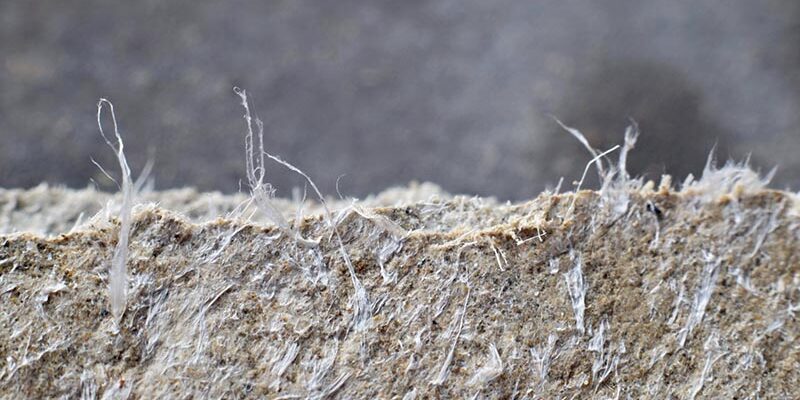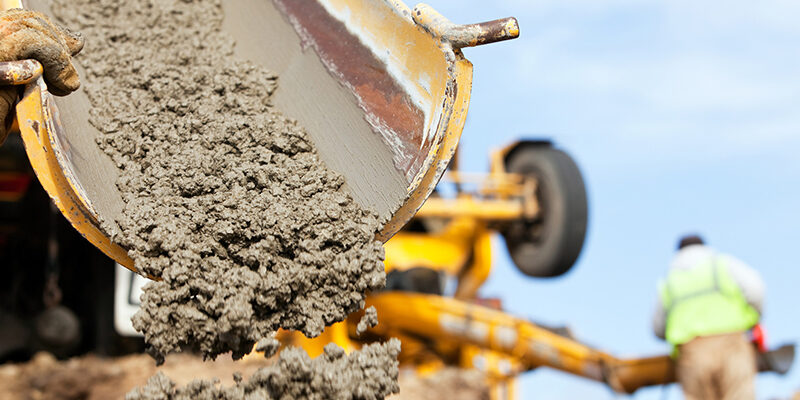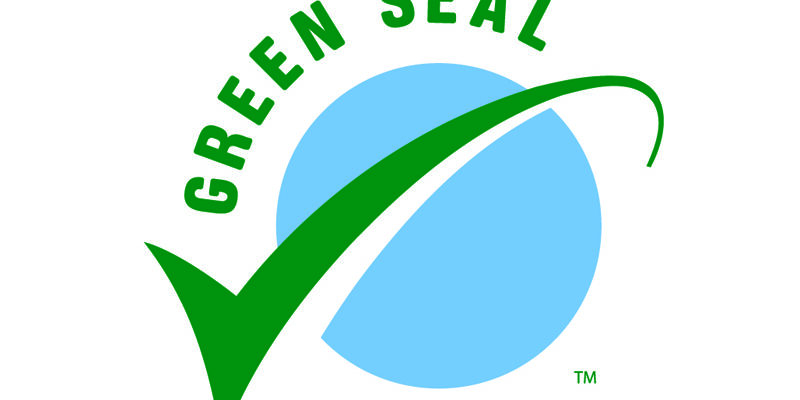Getting Rusty on Rust?

By Jim Smith
In the old days, there was a product called Erusticator. No one would have considered using anything else on rust stains.
With Erusticator, if one cavalierly went without proper personal protection equipment, his fingers or hands could turn black. A little later, his sense of pain would be completely anesthetized. This would be followed by a softening of the bones. At this point, one would be wise to skedaddle to the nearest emergency room before their body parts started to fall off.
Rust-removal products
Erusticator was based on a strong concentration of hydrofluoric acid. Hydrofluoric acid is so powerful it can etch glass, so it was removed from the shelves in 2002. In its place came other strong acids, such as phosphoric and oxalic.
This next generation of rust removers did not etch glass or anesthetize nerves, but they did cause a lot of pain if they got under your fingernails. Therefore, safety data sheets required users to wear gloves and goggles — for good reasons. Afterwards, it was important to neutralize the treated stain with an alkaline and rinse because you couldn’t risk a crawling child getting a corrosive acid like this on its skin.
Thus, some in our industry started calling all rust removers “specialty formulated acids.” However, many manufacturers are making rust removers lately that are not comprised of corrosive acids, meaning there is only a need to rinse since the acidity is of little consequence.
Modern rust review
It would serve us well to look at the real chemistry of rust. First, it is a chemical stain. But aren’t all stains made of chemicals? Yes, but a “chemical stain” is one that has made a new substance. We, therefore, need to address the definition of a substance.
In the technical sense, a substance is one kind of atom or molecule. Chemical reactions only occur when new substances are formed. Rust is normally iron oxide (iron plus oxygen). Iron is a substance; oxygen is still another. If they chemically react, we are left with iron oxide. Iron oxide is an insoluble substance that normally forms a strong physical bond with a fiber.
Nearly all rust removers are designed to react with the iron oxide to make a water-soluble substance. Thus, in a sense, rust removers are “chemically reactive solvents.”
Chemical reactions
What are chemical reactions? There are two that are commonly taught in cleaning. There is ionization, which we associate with acids and alkalis. Then there is redox which we associate with reduction and oxidation. Rust is made from oxidation and is an alkaline.
The chemical reactions that remove rust are partially acidic and could be described as reduction. Most of the newer rust removers have pH values of only 5 or 5.5. That is close enough to neutral that they do not need additional alkalinity to make them acceptable. Therefore, most chemists would prefer to look at rust removers as nothing special in terms of acidity or reduction. Instead, the emphasis should be placed on the fact that the oxide part of the substance has been replaced with something that makes it water soluble.
The good news for us and the end user is that the newer products are much safer. Therefore, we need to understand the real science of rust. Then one needs to emphasize that newer chemistry has led to safer products. Rinsing alone will satisfy the requirements of these newer products.
However, I kind of miss the comradery we once had passing each other in the emergency room.
James “Jim” B. Smith is an IICRC-approved instructor and a senior practicing inspector and part of the voting consensus of the IICRC S100 cleaning standard. His educational studies come from Texas A&M University and the University of Houston. He has been in the cleaning industry since 1975. For more information, visit his website at www.carpetinspector.com/jbs, call 972-334-0533, or email [email protected].












